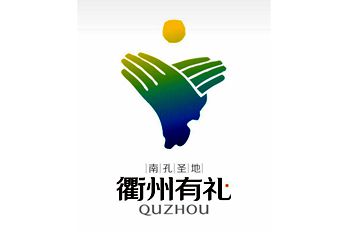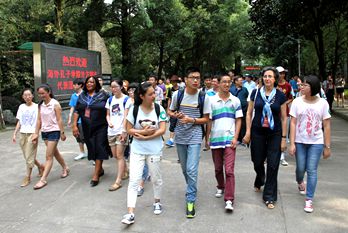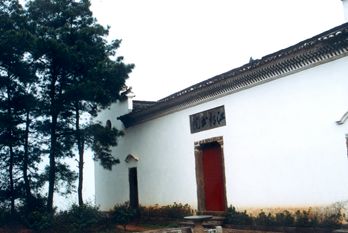Quzhou enacts ordinance to preserve Southern Confucianism
The "Quzhou Southern Confucianism Cultural Heritage and Development Ordinance" will take effect on Sept 28.
Southern Confucianism traces its roots to the early Southern Song Dynasty (1127-1279) when the main branch of the Confucius family relocated to Quzhou.
The migration, led by Kong Duanyou (1078-1132), the 48th generation descendant of Confucius, marked the beginning of Southern Confucianism, a unique cultural blend that integrates Confucian teachings with the rich cultural heritage of Jiangnan region (areas south of the lower reaches of the Yangtze River).
The ordinance defines Southern Confucianism as the distinct cultural tradition centered in Quzhou, characterized by the Confucius family temple, the Confucius rituals (Southern Confucian ceremonies), and the integration of Confucian and local cultural elements.
Key provisions of the ordinance include the establishment of a Southern Confucianism cultural resource registry to protect and manage cultural assets that reflect the rich traditional Chinese culture and possess historical, literary, artistic, or scientific value.
The ordinance also outlines the roles of an expert advisory committee, procedures for cultural resource surveys, and guidelines for listing, reviewing, and publicizing cultural resources.
Specific protective measures are tailored to the characteristics of different types of Southern Confucian cultural resources. These include creating special protection plans, designating protection zones, assigning protection responsibilities, and setting up protection markers for immovable cultural resources.
For movable cultural resources, the ordinance mandates scientific monitoring, rescue restoration, and regular maintenance. It also emphasizes the protection of intangible cultural resources through preservation efforts, documentation, and formal recognition.

 City brand logo - fist-and-palm salute
City brand logo - fist-and-palm salute Confucianism on campus
Confucianism on campus The culture of the academy
The culture of the academy